5325012362853
Price Quote Get an up to date pricing and availability quote for this product. Order online or over the phone.
Quality Commitment
Serving our customers with quality and safety first.
- AS9120 Certified
- Audited supply chain
- ITAR Registered
- DDTC Registered
- HAZMAT Certified
- Customer service objectives
- Every product 100% inspected

5325-01-236-2853 Specification Set by the OEM (see RNCC code 3)
rectangular
0.234in. and 0.240in.
not casehardened
0.032in. and 0.038in.
external
external
steel, fed std 66, comp 1060 or steel, fed std 66, comp 1061 or steel, fed std 66, comp 1064 or steel, fed std 66, comp 1065 or steel, fed std 66, comp 1066 or steel, fed std 66, comp 1069 or steel, fed std 66, comp 1070 or steel, fed std 66, comp 1072 or steel, fed std 66, comp 1074 or steel, fed std 66, comp 1075 or steel, fed std 66, comp 1078 or steel, fed std 66, comp 1080 or steel, fed std 66, comp 1084 or steel, fed std 66, comp 1085 or steel, fed std 66, comp 1086 or steel, fed std 66, comp 1090
steel comp 1060 or steel comp 1561 or steel comp 1064 or steel comp 1065 or steel comp 1566 or steel, fed std 66, comp 1069 or steel comp 1070 or steel comp 1572 or steel comp 1074 or steel comp 1075 or steel comp 1078 or steel comp 1080 or steel comp 1070 or steel comp 1085 or steel comp 1086 or steel comp 1090
fed std 66, comp 1060 fed std 1st material response and fed std 66, comp 1061 fed std 2nd material response and fed std 66, comp 1064 fed std 3rd material response and fed std 66, comp 1065 fed std 4th material response and fed std 66, comp 1066 fed std 5th material response and fed std 66, comp 1070 fed std 7th material response and fed std 66, comp 1072 fed std 8th material response and fed std 66, comp 1074 fed std 9th material response and fed std 66, comp 1075 fed std 10th material response and fed std 66, comp 1078 fed std 11th material response and fed std 66, comp 1080 fed std 12th material response and fed std 66, comp 1084 fed std 13th material response and fed std 66, comp 1085 fed std 14th material response and fed std 66, comp 1086 fed std 15th material response and fed std 66, comp 1090 fed std 16th material response
phosphate zinc
MIL-P-16232, type z, class 2 mil spec single treatment response
phosphate, MIL-P-16232, type z, class 2
Cross Reference Parts Part numbers that meet the specification outlined on this page and set by the OEM
Identification Item Identification Guide (IIG) and Item Name Code (INC)
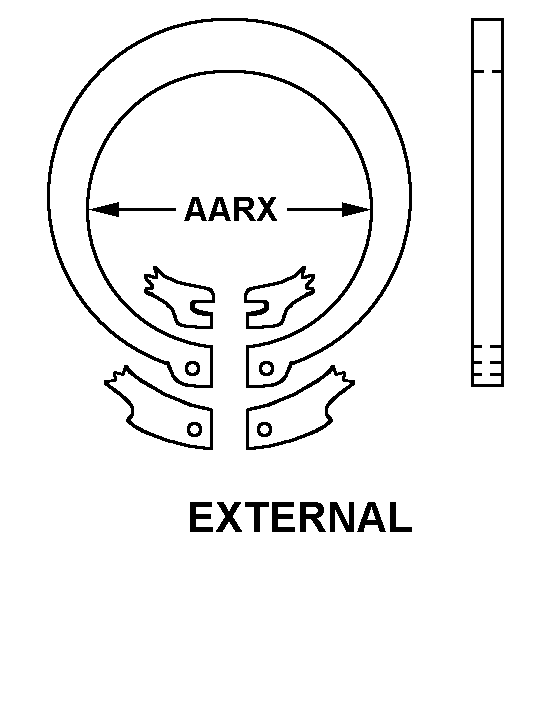
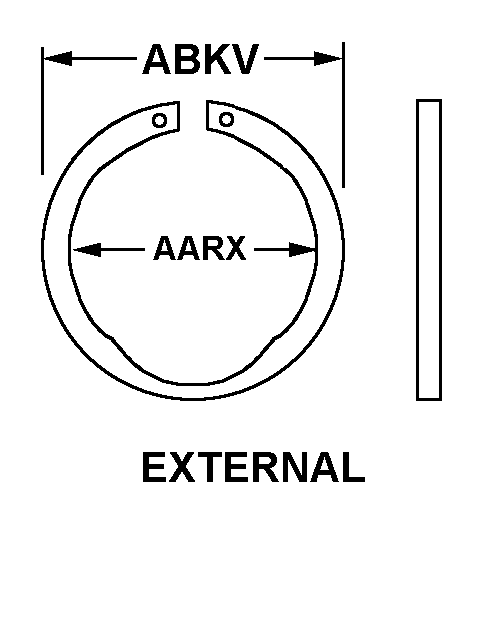

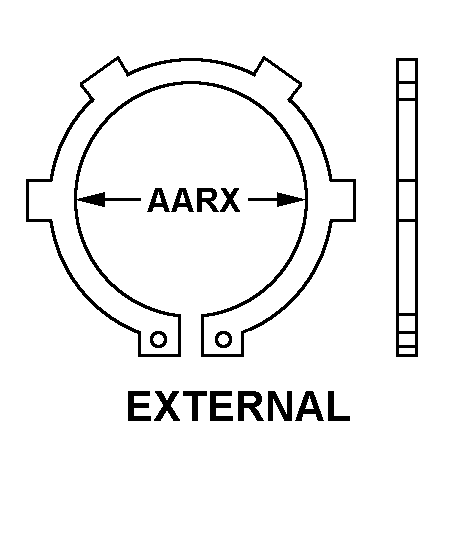
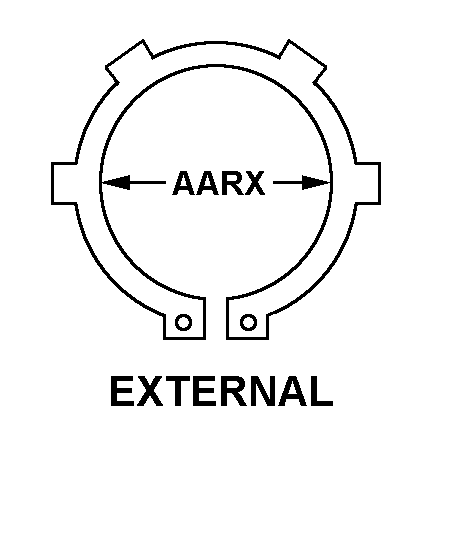
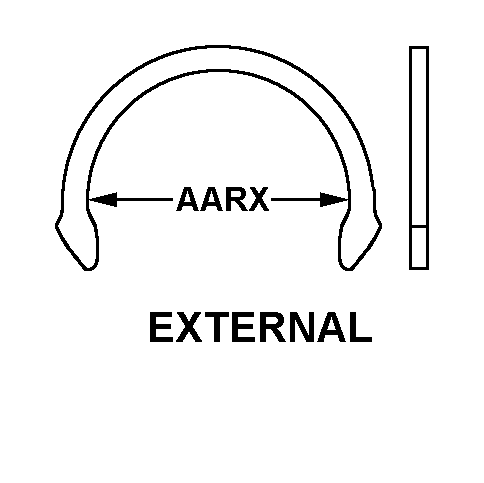
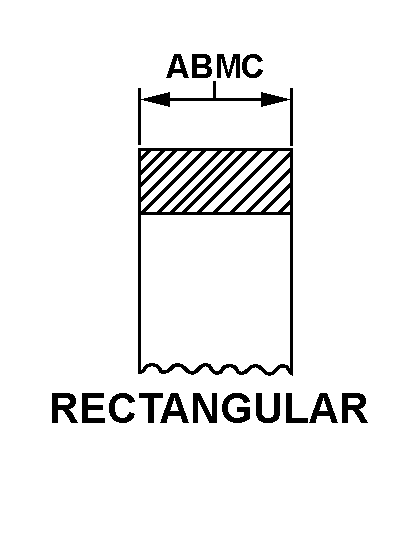
Definition Definition of approved item name (AIN): "RING,RETAINING"
A resilient metal item, circular or nearly circular, which is designed to be inserted into an internal or external groove and retained by its own spring action, or it may have external prongs or projections designed to be inserted into a hole and retained by spring action of the prongs which grip by imbedding into the material. For items having internal prongs which perform the same function, see push on nut. It is used to keep and/or lock a part(s) in position, as a ball bearing on a shaft or in a housing. See also clip, retaining and pin, lock. Excludes ring, connecting, round.
Packaging & Dimensions Packaging instructions, special markings, and approx. weight/dims
Packing shall be accomplished to meet the performance test requirements of astm-d4169, distribution cycle 18, assurance level 1.
Packing shall be accomplished in accordance with table c.ii for the packing level specified. closure, sealing and reinforcement shall be in accordance with the appropriate shipping container specification.
All packaging data is mandatory for compliance and no substitutions are permitted. fast packs should be included in this category.
No special marking.
Packaging Codes
OPI: Optional Procedure Indicator Code. A one position alpha code that indicates the allowable deviations from the prescribed requirements.
SPI No.: Special packaging instructions number.
LVL A/B/C: Indicates the type of shipping container required for level A, B, or C maximum packing protection.
SPC Mkg: A two position code that identifies the special markings applied to the container, which is part of the total pack to protect the contained item during preservation, packing, storage, transit and removal from the pack.
5325-01-236-2853 Material Hazmat, Precious Metals, Criticality, Enviroment, and ESD
Indicates there is no data in the hmirs and the nsn is in a fsc not generally suspected of containing hazardous materials.
Item does not contain precious metal.
The item does not have a nuclear hardened feature or any other critical feature such as tolerance, fit restriction or application.
Identification Codes
HMIC: Hazardous Material Indicator Code. A one position code that identifies a hazardous item.
PMIC: Precious Metal Indicator Code. A one position code which identifies items that have precious metals as part of their content. precious metals are those metals generally considered to be uncommon, highly valuable, and relatively superior in certain properties such as resistance to corrosion and electrical conductivity.
ESD: Electrostatic Discharge. Indicates if an item is susceptible to electrostatic discharge or electromagnetic interference damage. electrostatic discharge damage occurs when an accumulation of static electricity generated by the relative motion or separation of materials is released to another item by direct contact. electromagnetic interference damage occurs when an item comes into proximity with an electrostatic or magnetic field.
ENAC: Enviromental Attribute Code. Identifies items with environmentally preferred characteristics.
CRITL: Criticality Indicator Code. Indicates an item is technically critical by tolerance, fit, application, nuclear hardness properties, or other characteristics.
Material Management Material categorization and source of supply
Defense logistics agency, enterprise business systems
Material Codes
SOS: Source of Supply. A three position code or routing identifier code (ric), which identifies the source of supply activity.
SMIC: Special Material Indicator Code. A two position code, which categorizes material on the basis of requirements for source or quality control, technical design or configuration control, procurement, stocking and issue control, special receipt, inspection, testing, storage, or handling.
MMAC: Material Management Aggregation Code. A two position code that identifies an item of supply to be managed by a specific activity manager.
MCC: Material Echelon Code. A two position code employed by the marine corps in classifying items into categories by materiel category and procurement echelon. the alphanumeric management code is in the first position and identifies the materiel category
IMC: Denotes wether items shall be subjected to integrated management under the defense supply agency or retained by the individual military service or other department of defense components for their management. Assigned by th activity responsible for item management coding.






